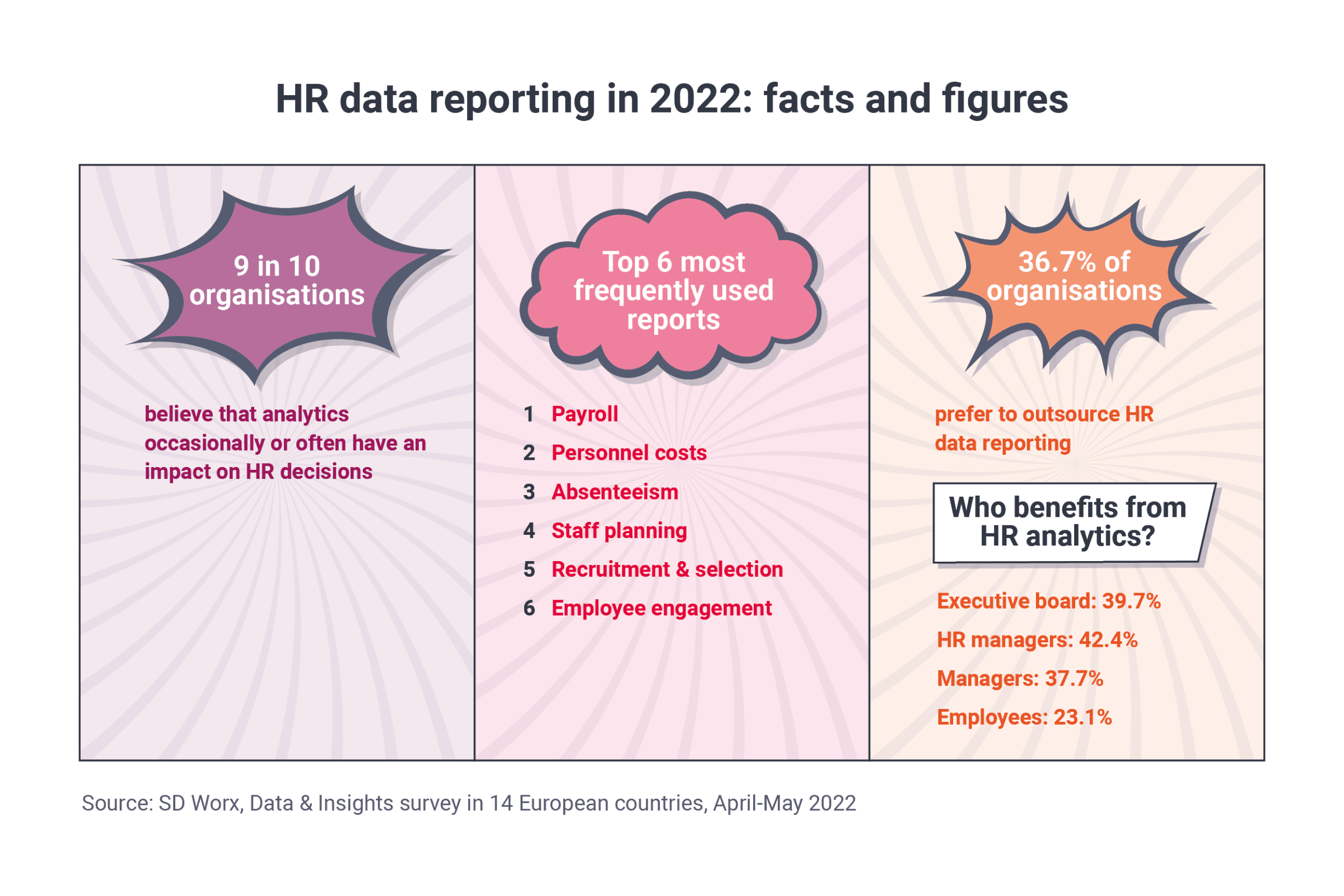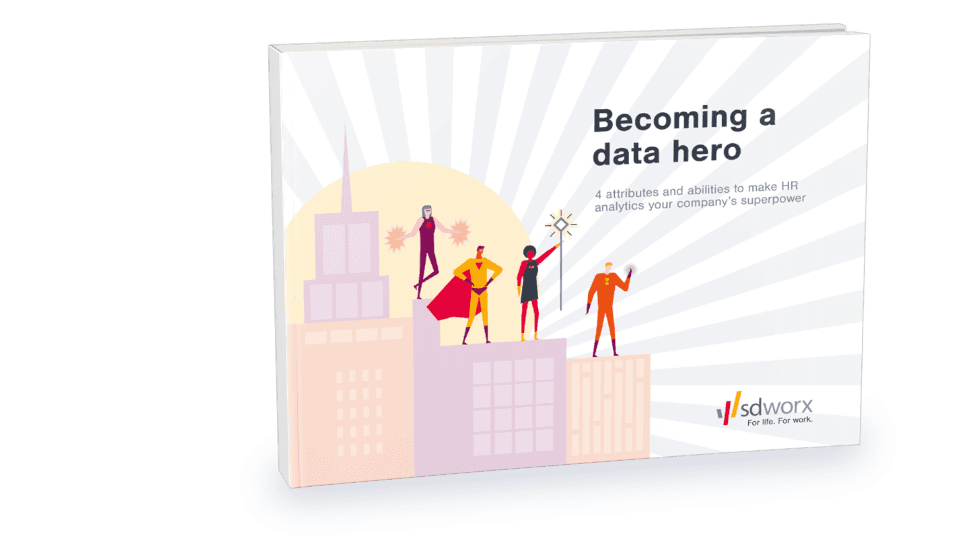TIP
Make sure to keep things as uncluttered as possible. If you report on too many variables at once, you risk not seeing the forest for the trees. In this regard, most companies today report on five main areas:
- staff wellbeing, satisfaction and engagement,
- staff productivity,
- learning and talent development,
- personnel costs,
- finding, recruiting and selecting talent.








